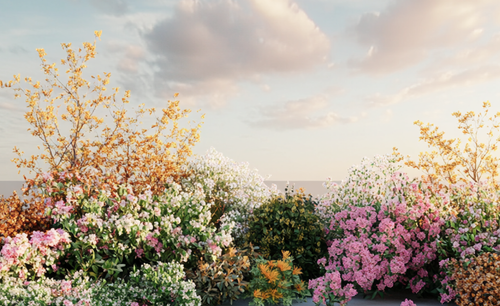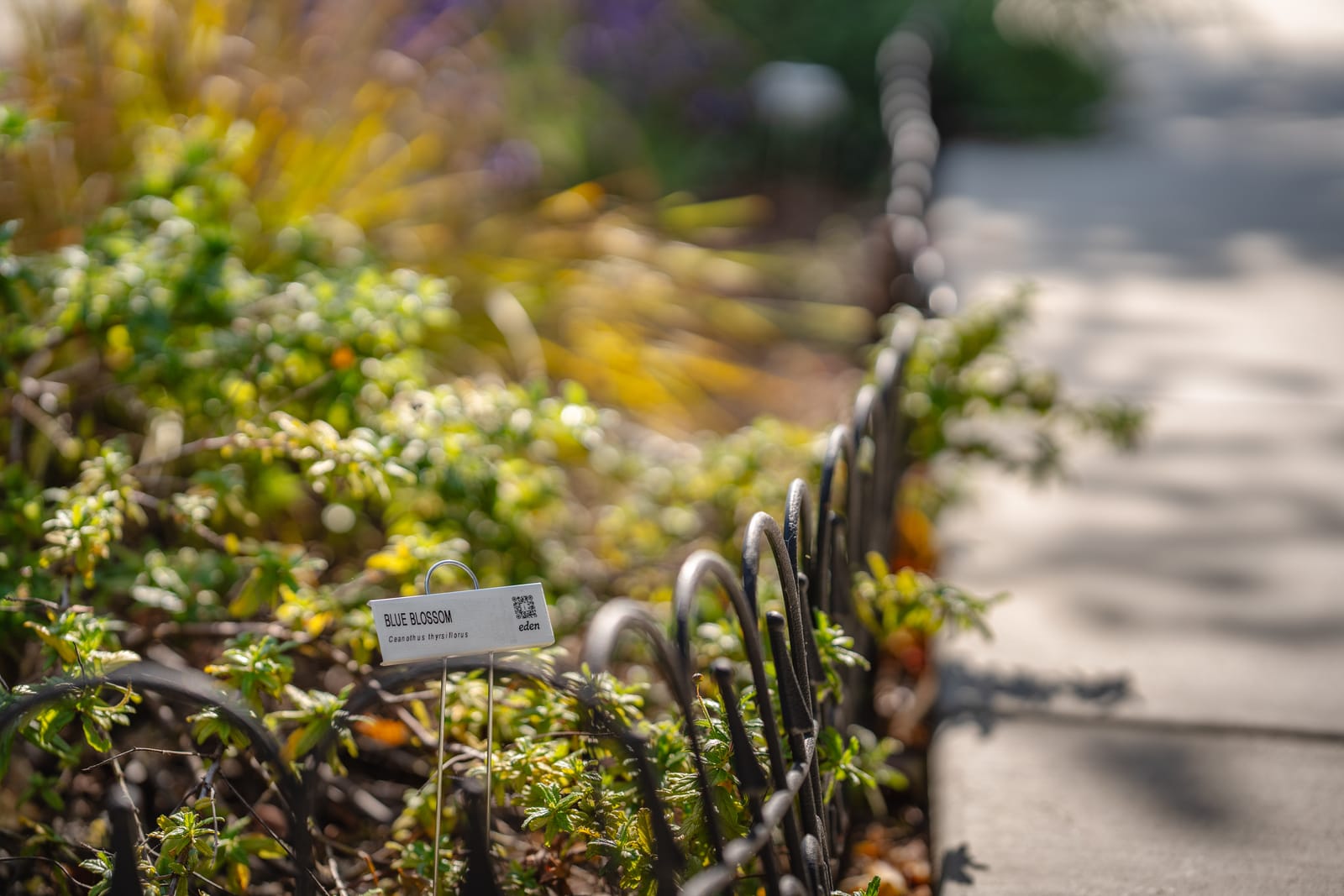San Francisco is an exciting place to design an outdoor space. With its microclimates, hilly terrain, and diverse architecture, every backyard presents a unique opportunity to create something beautiful and functional. Whether you're working with a small patio, a sloped backyard, or a foggy coastal garden, thoughtful planning can turn any space into a thriving, welcoming retreat.
1. Basic Principles of Great Landscape Design in General
Regardless of location, great landscapes follow a few universal design principles that help make outdoor spaces both visually appealing and practical.
A. Balance and Proportion
A well-designed landscape should feel balanced and cohesive. That can mean symmetry (matching elements on both sides for a formal look) or a more natural, asymmetrical layout. It’s also important to keep things in proportion—plant sizes, pathways, and furniture should feel appropriate for the space, not too crowded or too sparse.
B. Unity and Flow
A great outdoor space has a natural flow, where different elements—plants, hardscaping, and furniture—work together. This can be achieved with consistent plant choices, repeating colors and textures, and materials that complement each other.
C. Functionality and Purpose
Landscapes should do more than just look good—they should be usable and comfortable. Whether it’s a space for entertaining, relaxing, or gardening, clear pathways, cozy seating areas, and designated zones make an outdoor space more enjoyable.
D. Sustainability and Adaptation to Climate
The best gardens work with nature, not against it. Choosing drought-tolerant plants, smart irrigation, and eco-friendly materials makes your landscape low-maintenance and environmentally responsible.
E. Seasonal Interest and Texture
A landscape should look great all year round. By combining a variety of plant textures, colors, and seasonal blooms, your garden stays dynamic and visually interesting in every season.
2. Specific Tweaks for San Francisco’s Landscape Design
San Francisco’s cool summers, coastal winds, and varied terrain require some special considerations to make landscaping truly successful.
A. Adapting to Microclimates
- SF’s neighborhoods vary greatly in climate—foggy in the Sunset, sunny in Noe Valley—so plant choices matter.
- Native and drought-tolerant plants like succulents, lavender, and California poppies thrive in many SF microclimates.
B. Managing Wind and Coastal Conditions
- If your home is near the coast or atop a hill, opt for wind-resistant plants like New Zealand flax, California lilac, and Coast Live Oak.
- Windbreaks such as hedges, trellises, or decorative walls can protect more delicate plants and create a more comfortable outdoor environment.
C. Making the Most of Small Urban Spaces
- Many SF homes have small or narrow backyards, so vertical gardening, potted plants, and space-saving furniture can help maximize greenery.
- Hardscaping—stone pathways, built-in seating, or raised beds—adds structure without taking up too much space.
D. Handling Sloped Yards
- If your backyard has a steep incline, terracing can create usable planting areas while preventing soil erosion.
- Retaining walls with built-in planters or seating can provide both function and beauty.
3. Examples of Great Backyards in San Francisco
Here are some examples of landscapes that embrace SF’s unique challenges and turn them into stunning outdoor spaces:
A. A Fog-Friendly Retreat in the Sunset District
- Features low-maintenance, fog-tolerant plants like ferns, hydrangeas, and Japanese maples.
- Uses heated seating areas and soft lighting to make cool evenings more comfortable.
B. A Modern Minimalist Garden in Noe Valley
- Incorporates clean lines, drought-resistant plants, and concrete pavers for a contemporary look.
- Includes a fire pit and built-in seating to maximize social space in a compact yard.
C. A Hillside Escape in Bernal Heights
- Features tiered garden levels with native wildflowers, succulents, and pollinator-friendly plants.
- Uses stone steps and gravel pathways for a rustic, natural aesthetic.
D. A Small Urban Oasis in the Mission
- Makes use of vertical gardening with climbing roses, jasmine, and espalier fruit trees.
- Incorporates raised garden beds and stylish planters to introduce more greenery in a compact footprint.
Great landscape design in San Francisco is all about creativity, adaptability, and sustainability. Whether you have a small courtyard, a foggy backyard, or a steep hillside, the right design choices can turn any space into a beautiful, functional retreat. By understanding SF’s unique conditions and working with them, you can create an outdoor space that’s both practical and visually stunning for years to come.






